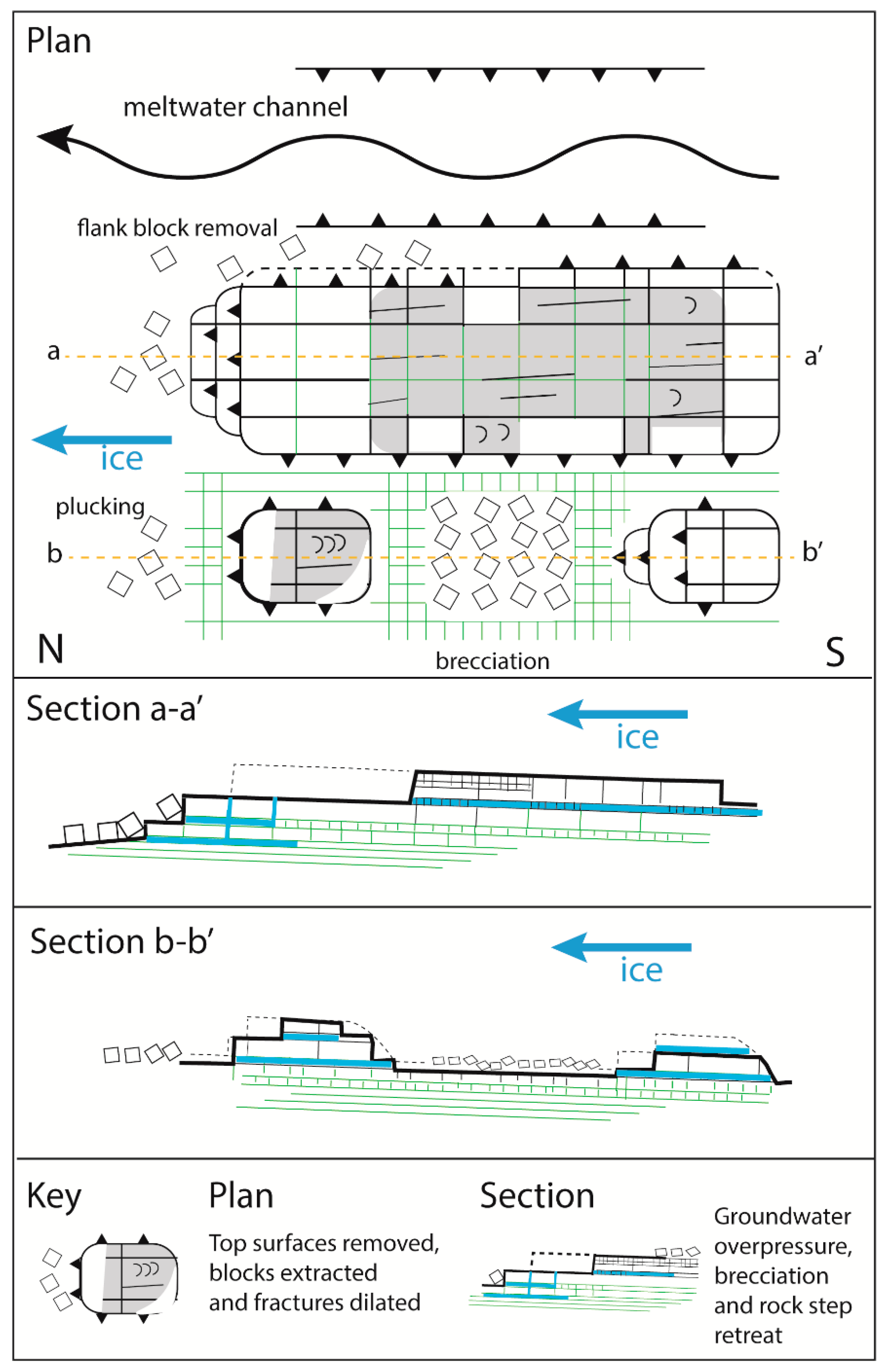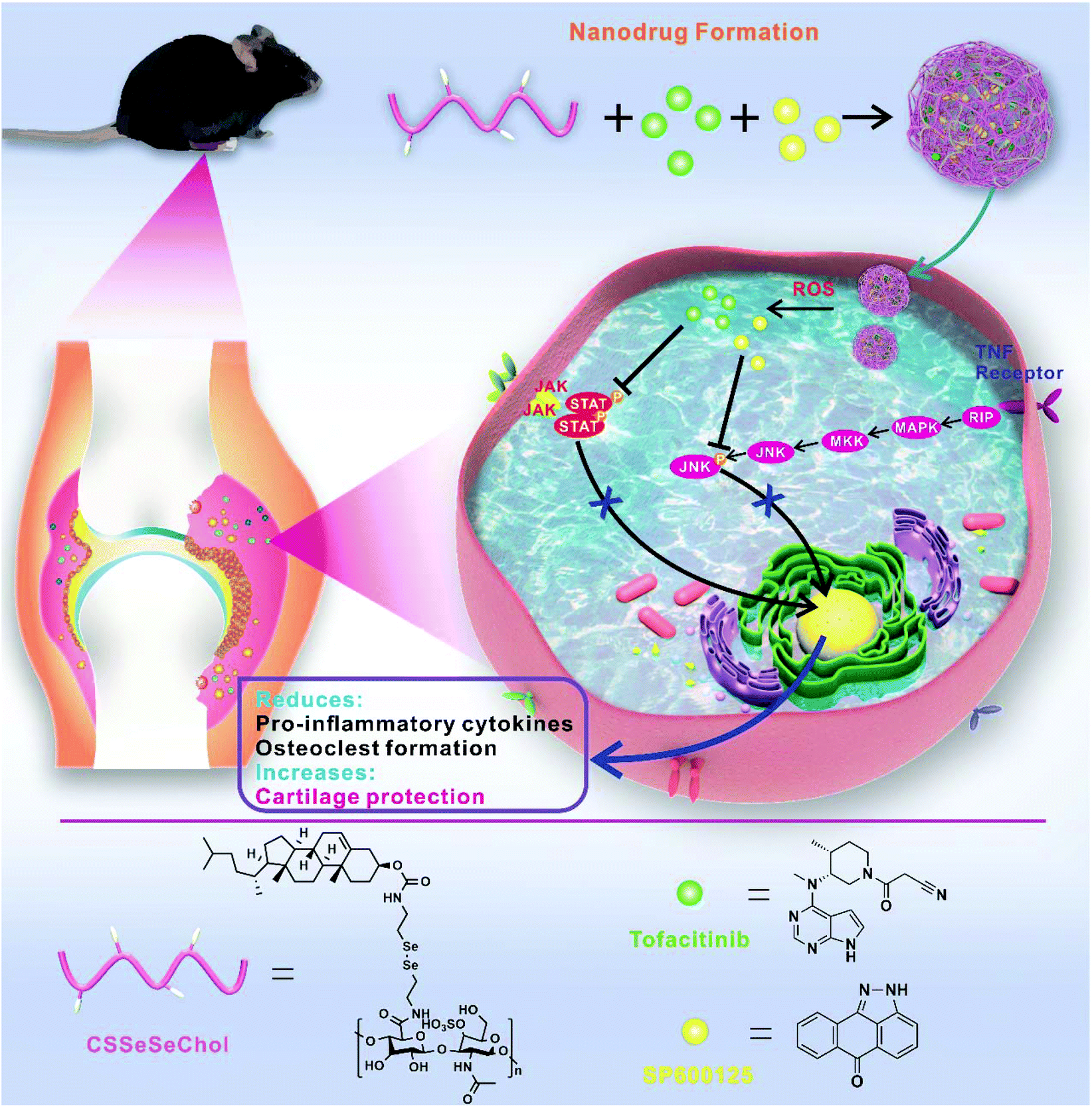

First measurement of inclusive muon neutrino charged current differential cross sections on argon at E ν ~ 0.8 GeV with the MicroBooNE detector. The GENIE neutrino Monte Carlo generator. Neutrino–nucleus cross sections for oscillation experiments. Volume 2: The physics program for DUNE at LBNF. Long-Baseline Neutrino Facility (LBNF) and Deep Underground Neutrino Experiment (DUNE) conceptual design report. A proposal for a three detector short-baseline neutrino oscillation program in the Fermilab Booster Neutrino Beam. The ICARUS-WA104 Collaboration, The LAr1-ND Collaboration, The MicroBooNE Collaboration & additional Fermilab contributors. Design and construction of the MicroBooNE detector. Design, calibration, and performance of the MINERνA detector. Direct measurement of nuclear dependence of charged current quasielastic-like neutrino interactions using MINERνA Phys. The CEBAF large acceptance spectrometer (CLAS). Inclusive electron scattering and the GENIE neutrino event generator.


HIGH TAIL HALL RIP GENERATOR
Assessing the accuracy of the GENIE event generator with electron-scattering data. In 18th Intl Workshop on Neutrino Factories and Future Neutrino Facilities Search 2 (2017) Īnkowski, A. T2K near detector constraints for oscillation results. Constraints on the neutrino flux in NOνA using the near-detector data. Neutrino flux predictions for the NuMI beam. Unified description of electron–nucleus scattering within the spectral function formalism. Implementation of the SuSAv2-meson exchange current 1p1h and 2p2h models in GENIE and analysis of nuclear effects in T2K measurements. Ab initio calculations of lepton–nucleus scattering. Missing energy and the measurement of the CP-violating phase in neutrino oscillations. New constraints on oscillation parameters from ν e appearance and ν μ disappearance in the NOνA experiment. NuSTEC White Paper: status and challenges of neutrino nucleus scattering. Search for CP violation in neutrino and antineutrino oscillations by the T2K Experiment with 2.2 × 10 21 protons on target. Constraint on the matter–antimatter symmetry-violating phase in neutrino oscillations. Neutrino masses and mixing: evidence and implications. Volume 1: physics, technology and strategies. The DUNE Far Detector interim design report. This shows both the need and the pathway to improve current models to meet the requirements of next-generation, high-precision experiments such as Hyper-Kamiokande (Japan) 3 and DUNE (USA) 4. More importantly, widely used interaction models reproduce the reconstructed energy distribution only qualitatively and the quality of the reproduction varies strongly with beam energy. We find that even in simple interactions where no pions are detected, only a small fraction of events reconstruct to the correct incident energy. Here we exploit the similarity of electron–nucleus and neutrino–nucleus interactions, and use electron scattering data with known beam energies to test energy reconstruction methods and interaction models. As accelerator-based oscillation experiments cannot directly measure E, the interpretation of these experiments relies heavily on phenomenological models of neutrino–nucleus interactions to infer E. Therefore, experiments extract oscillation parameters by measuring their energy distribution at different locations. Neutrinos oscillate as a function of their propagation distance ( L) divided by their energy ( E). 1), and so its experimental study can provide new insight into the nature of our Universe (reviewed in ref.

This phenomena is one of the few that cannot be described using the standard model of particle physics (reviewed in ref. Neutrinos exist in one of three types or ‘flavours’-electron, muon and tau neutrinos-and oscillate from one flavour to another when propagating through space.


 0 kommentar(er)
0 kommentar(er)
